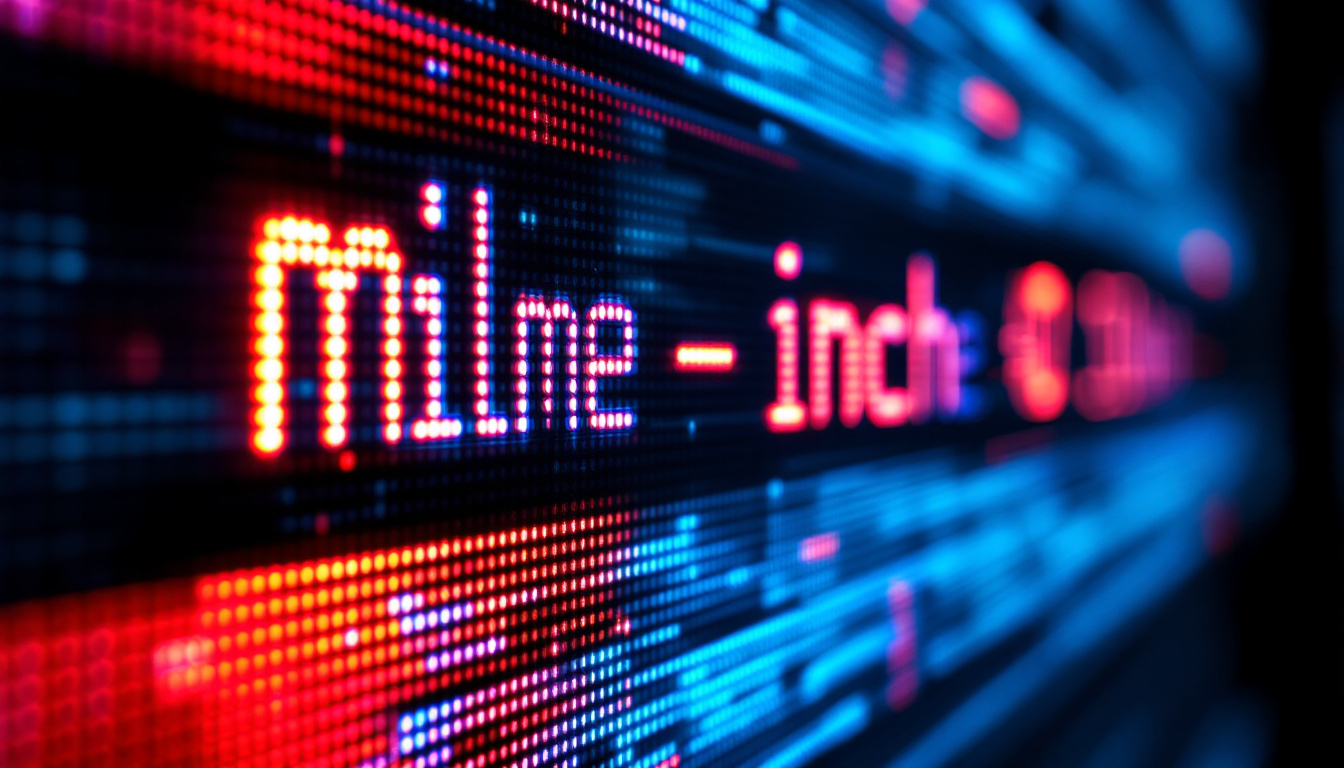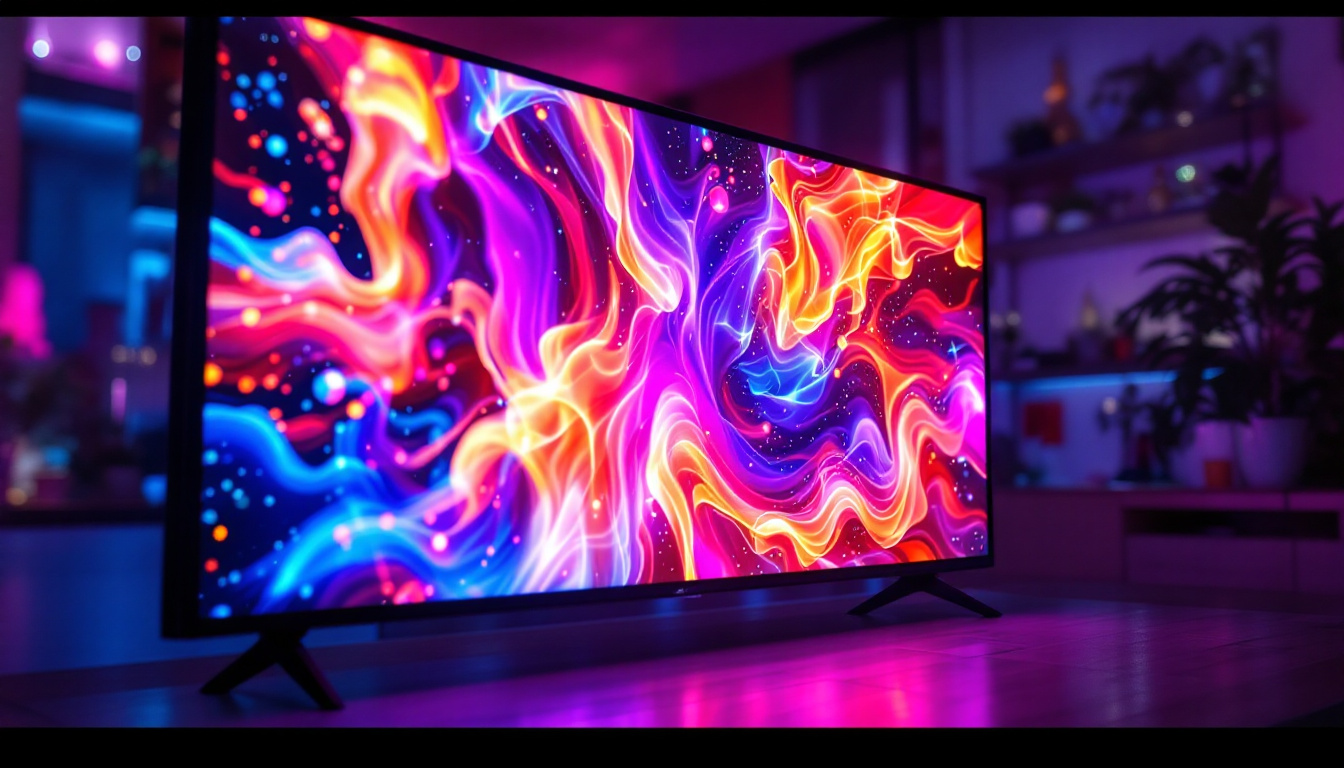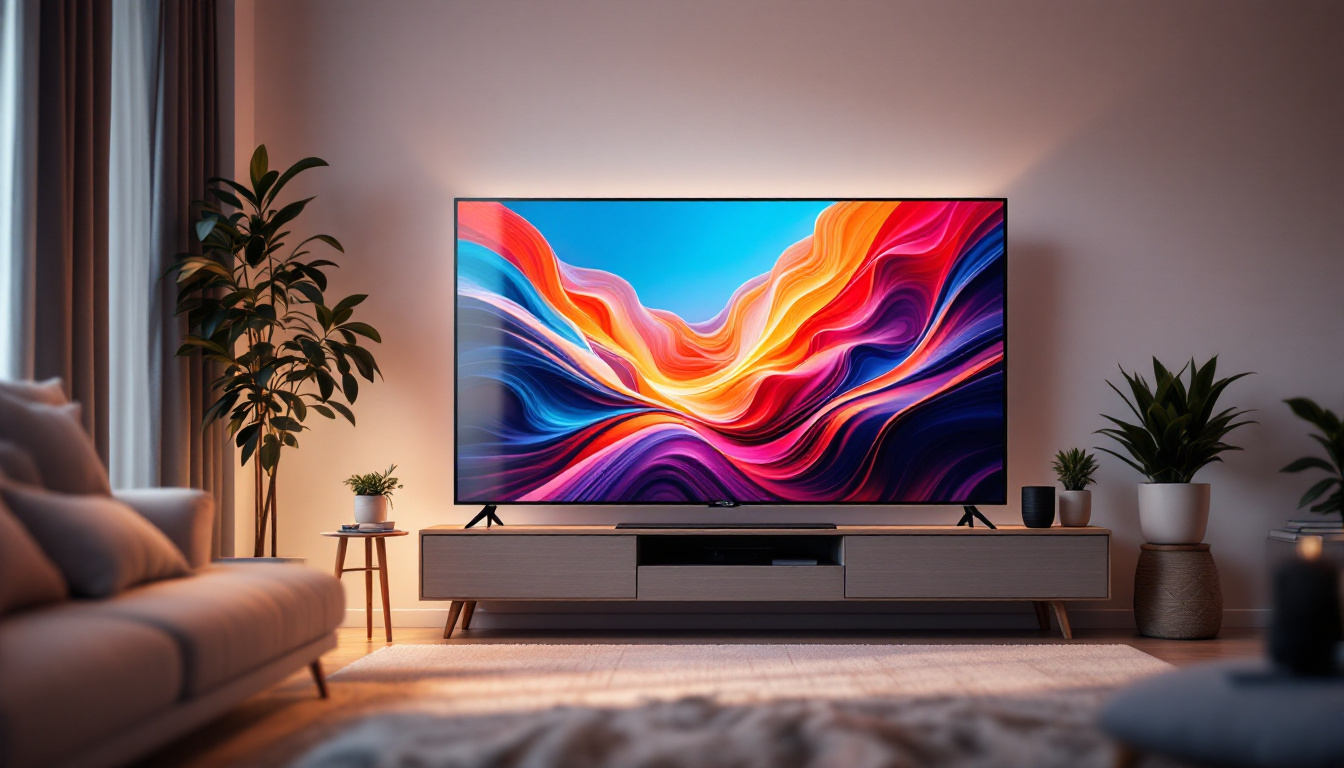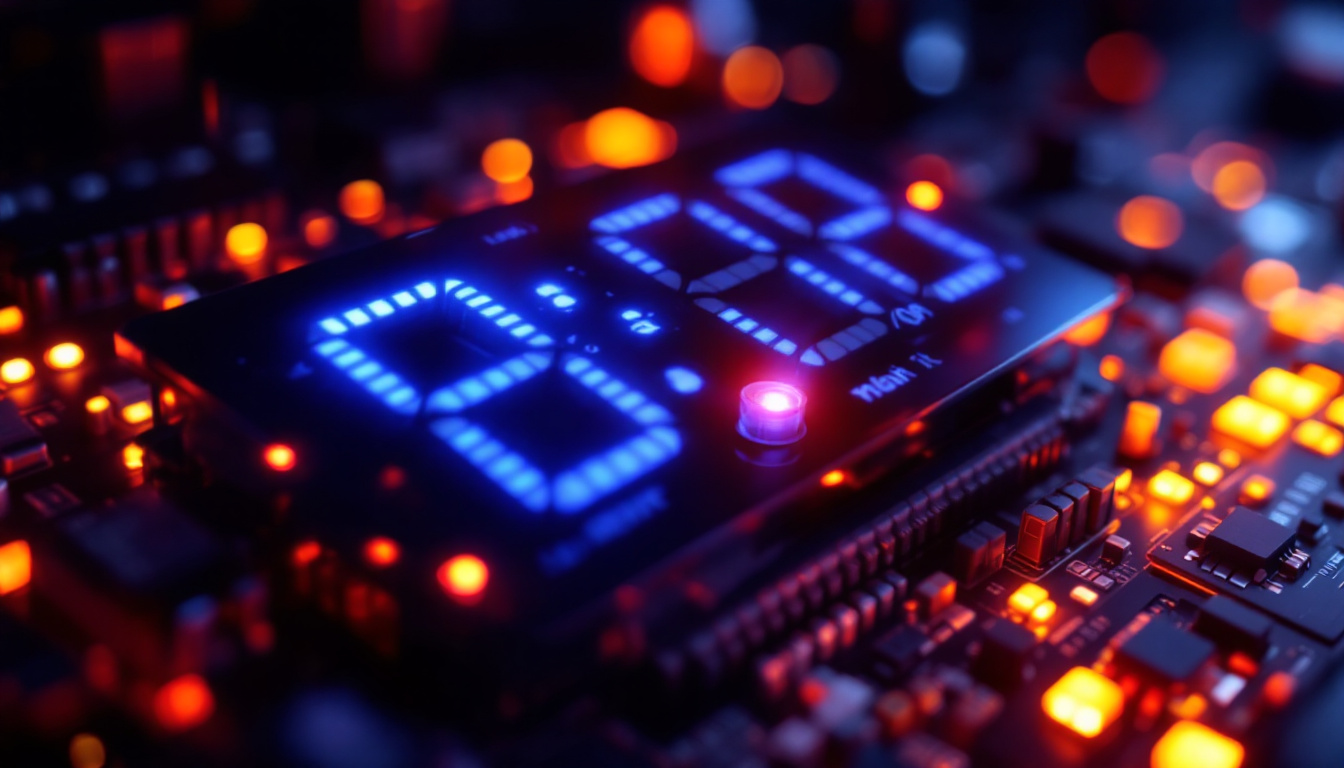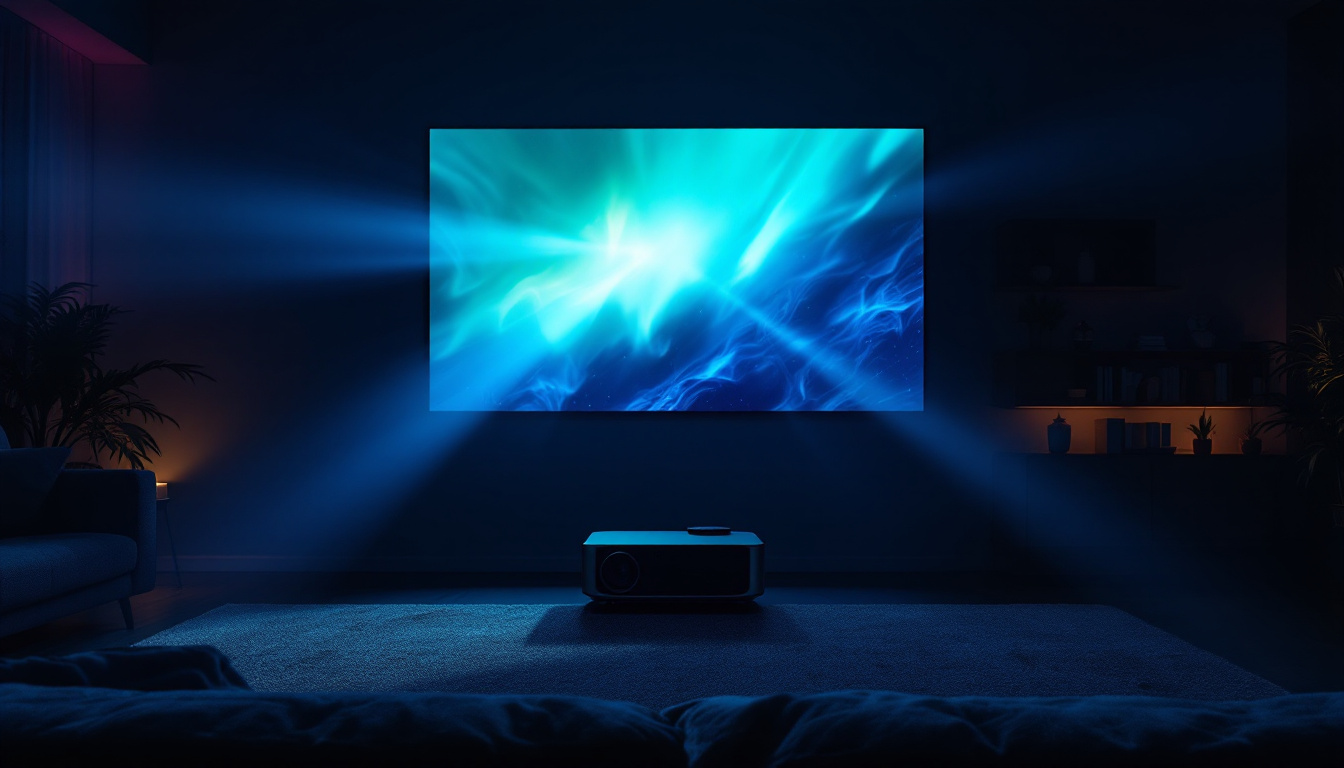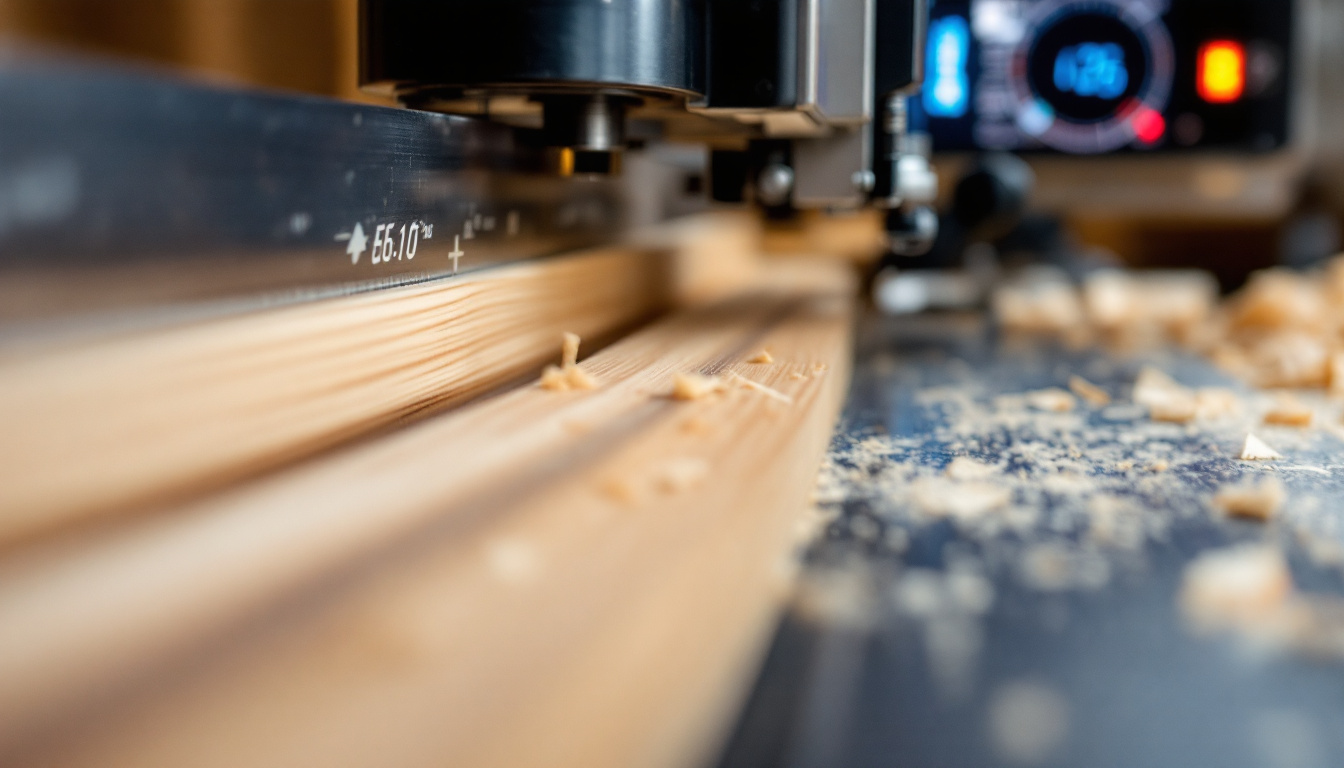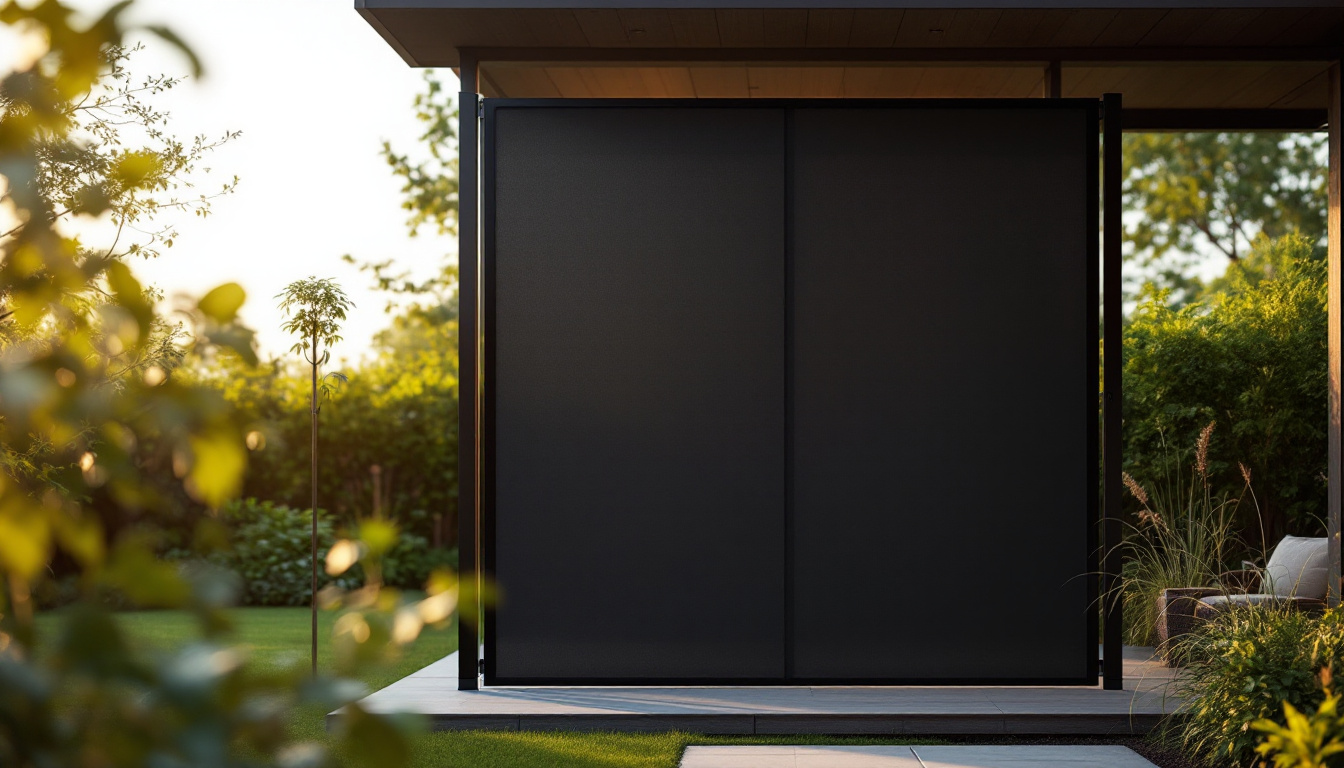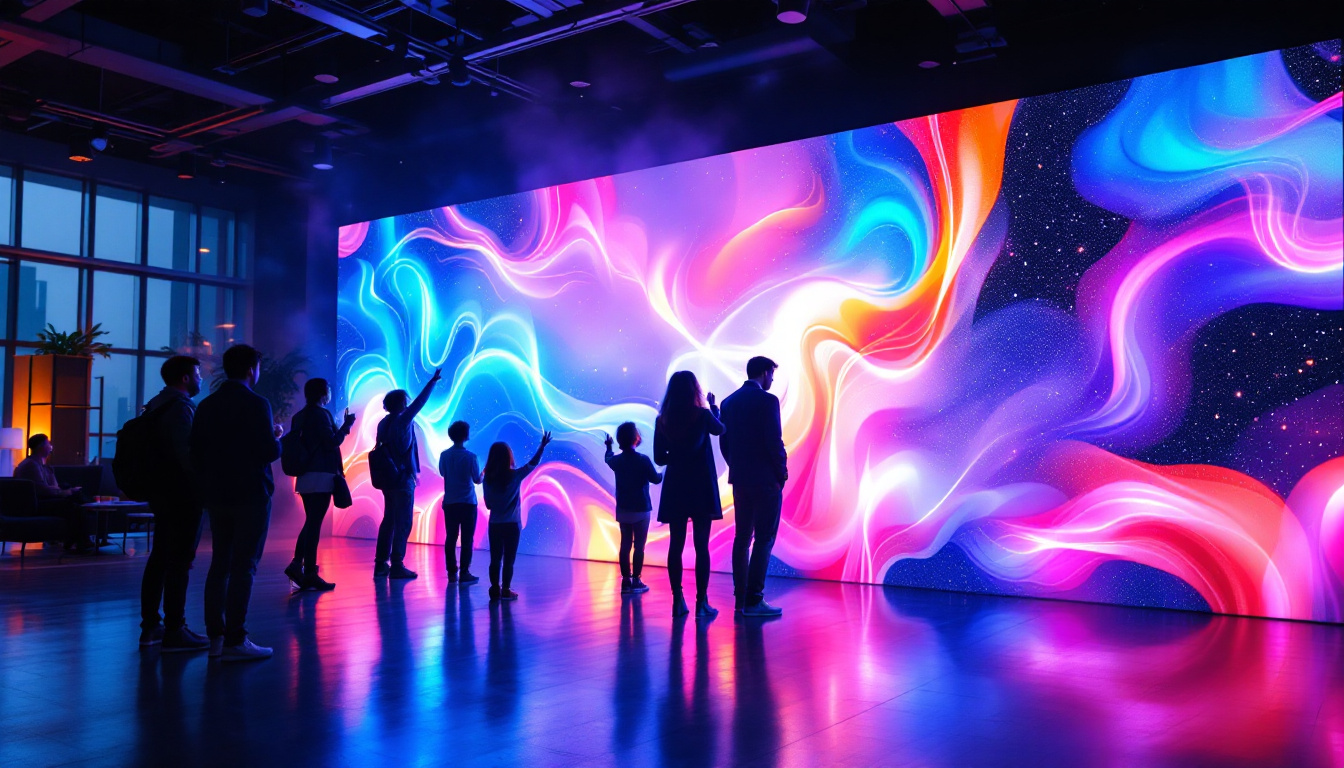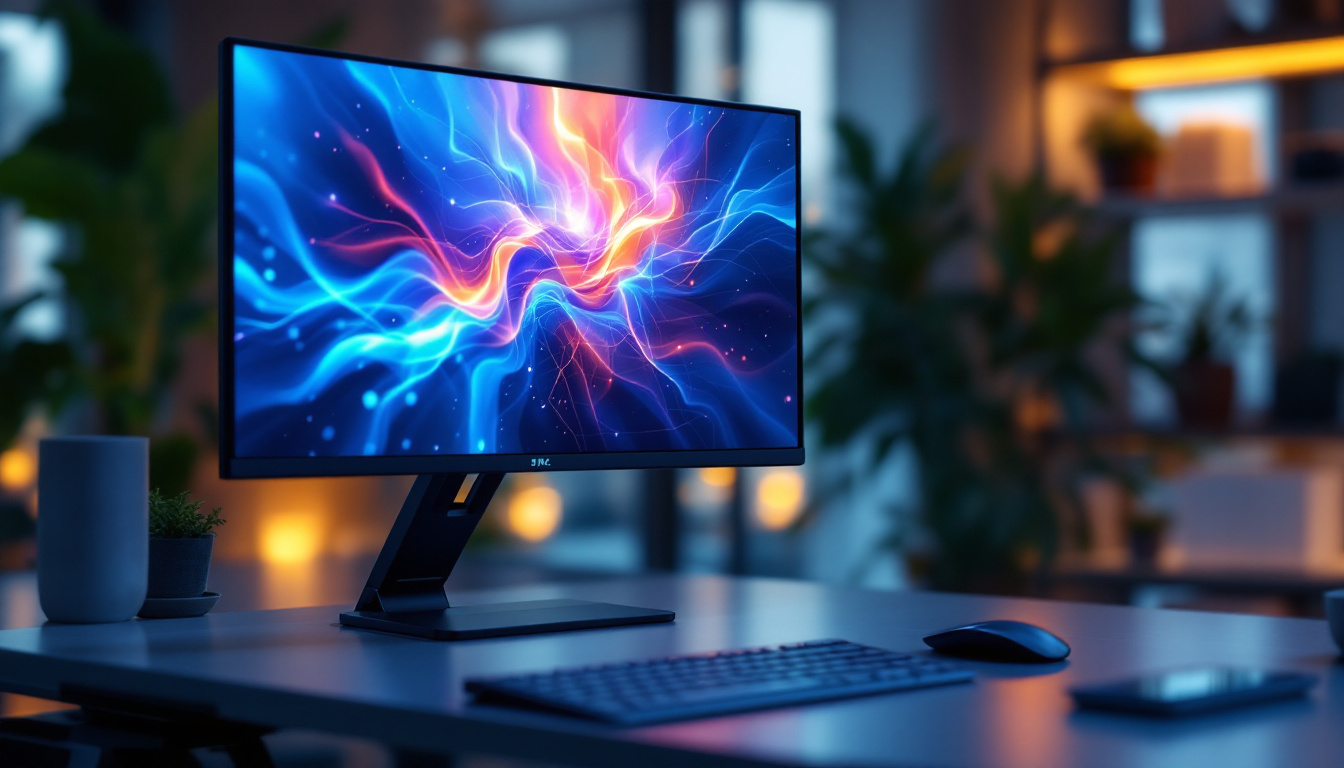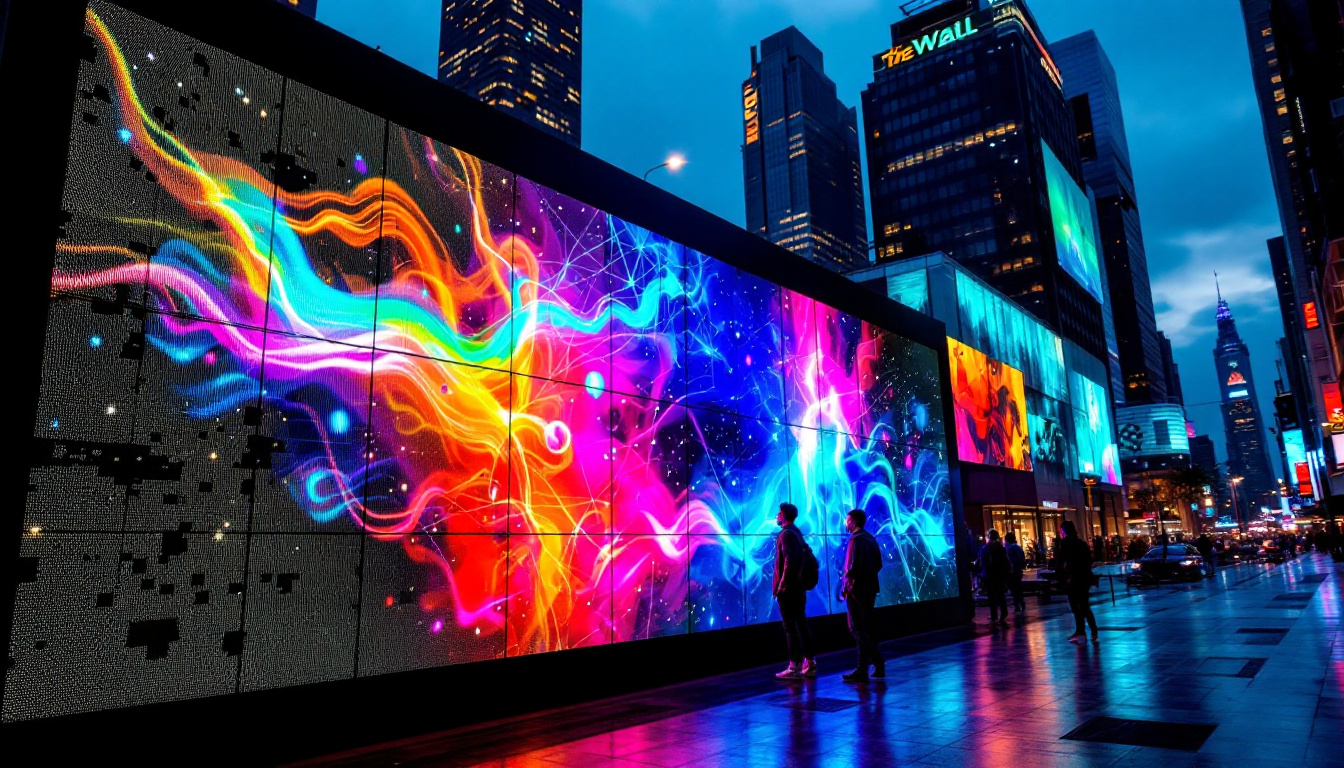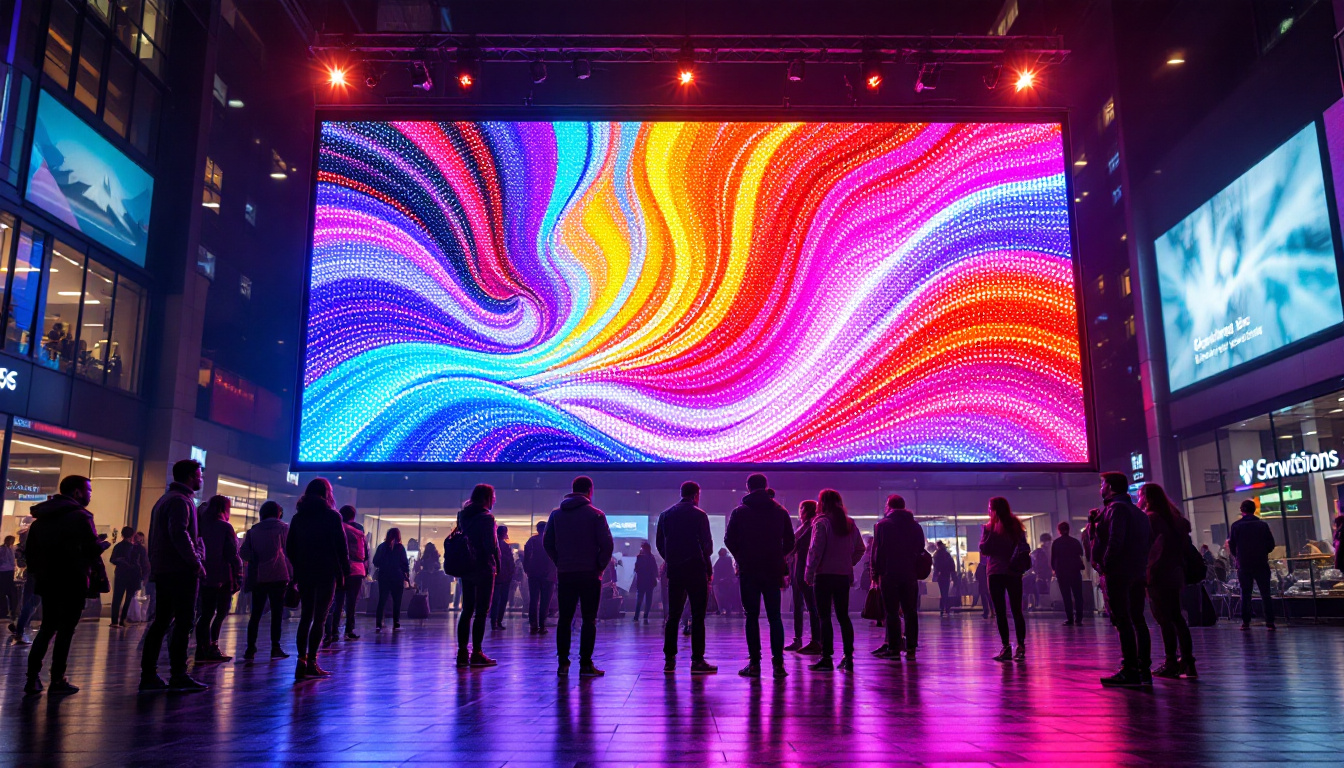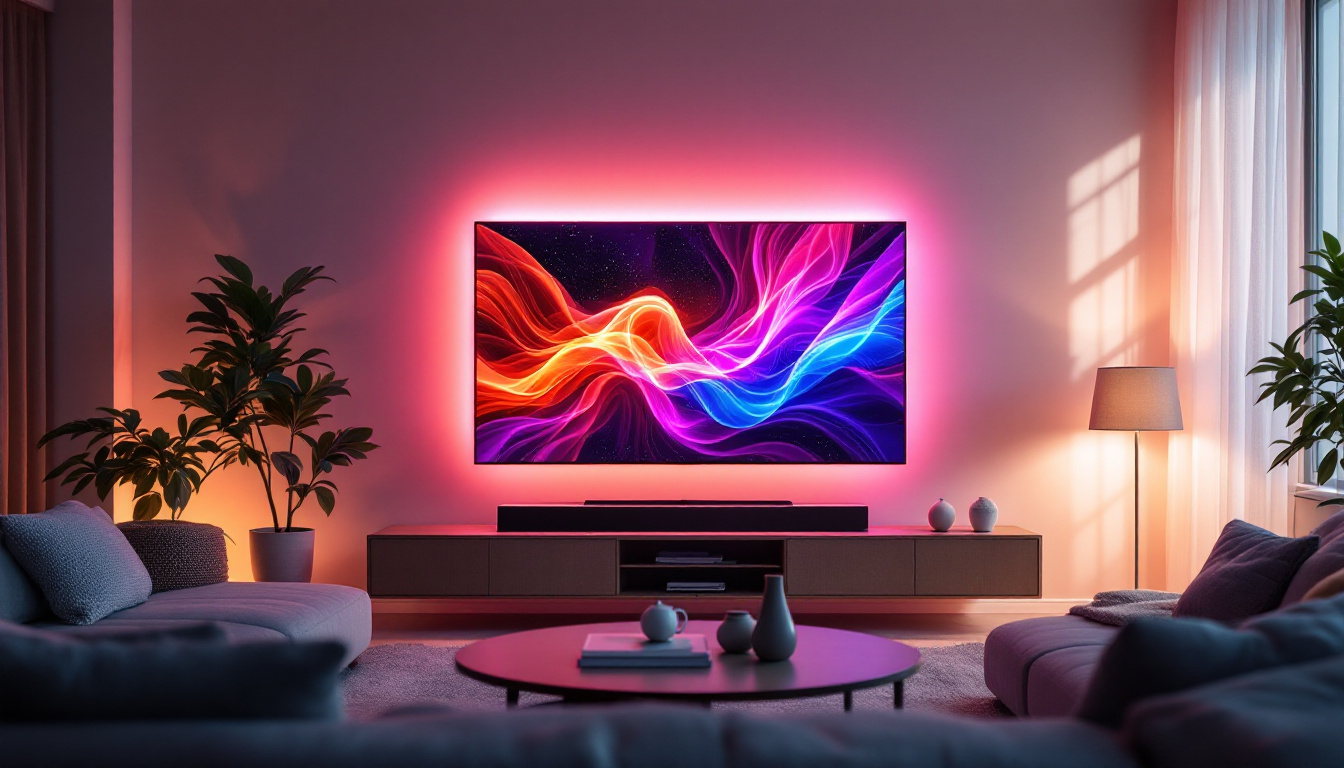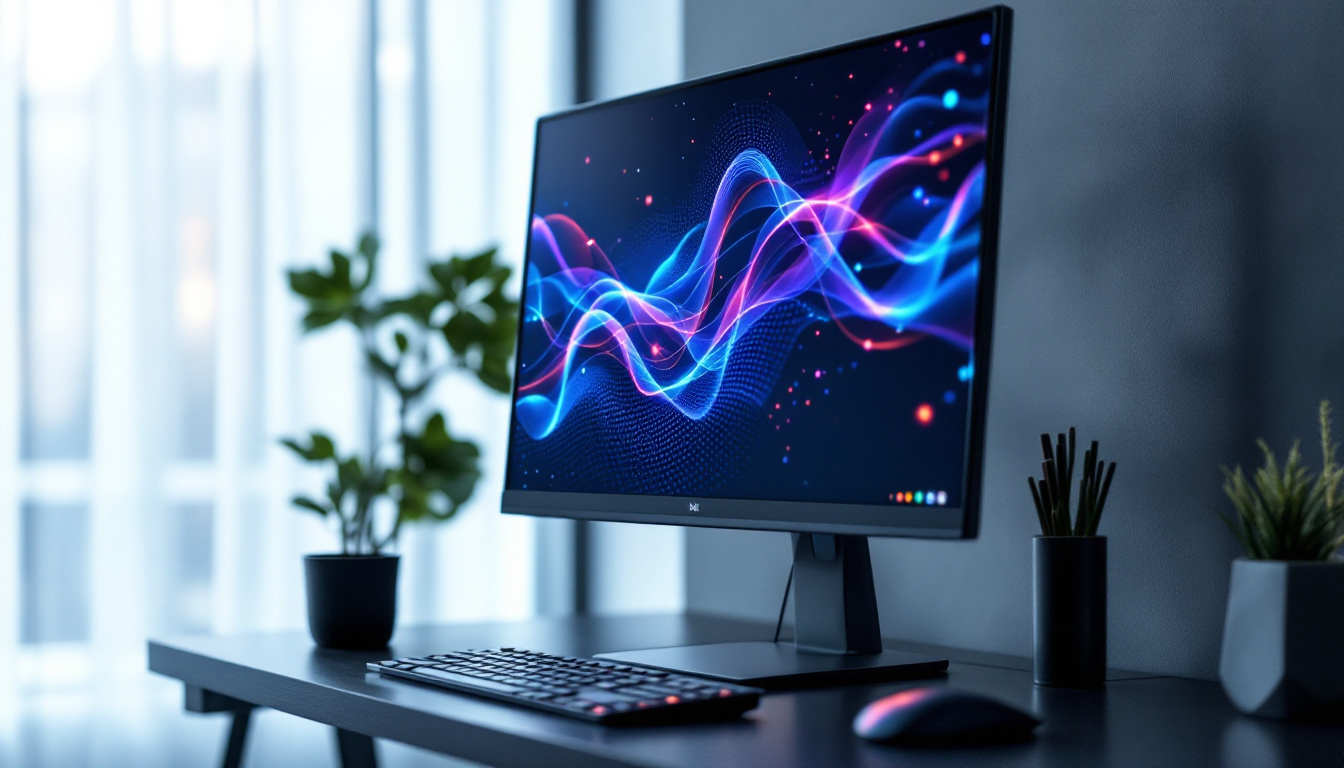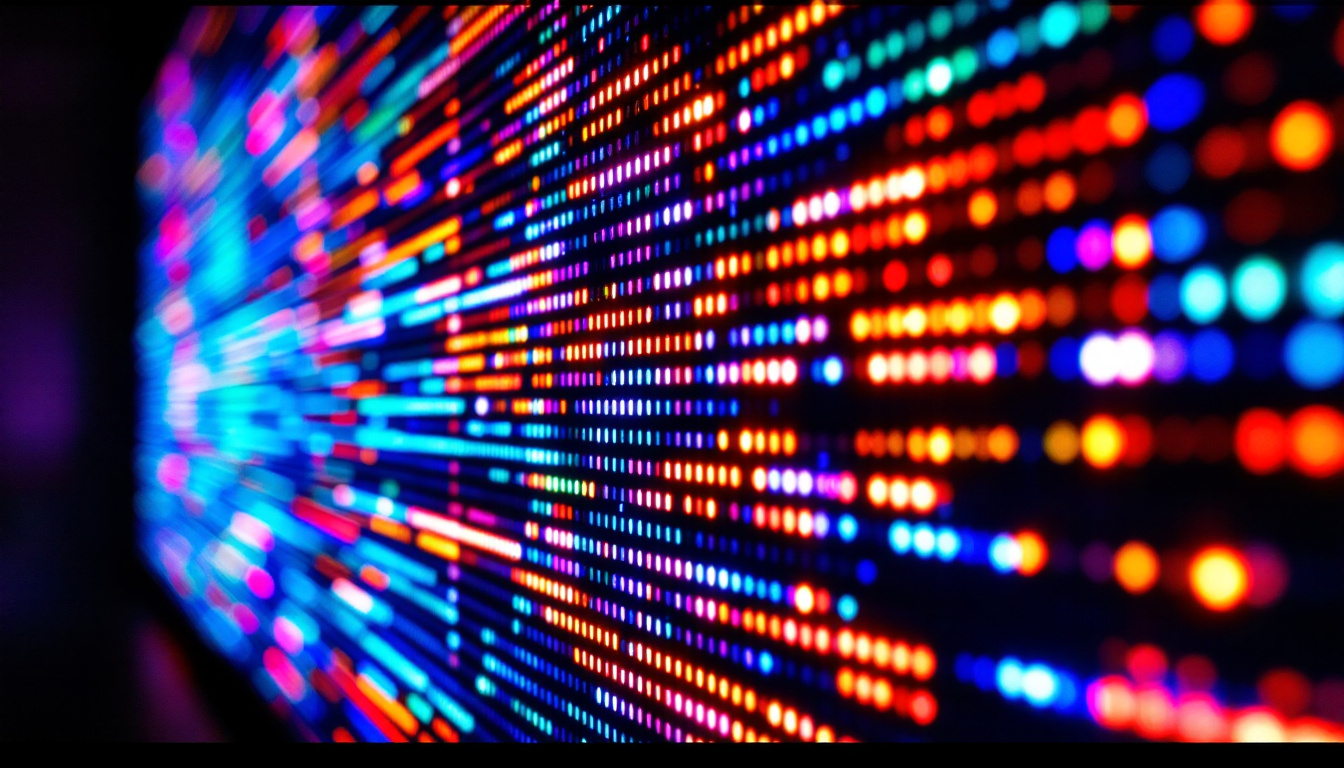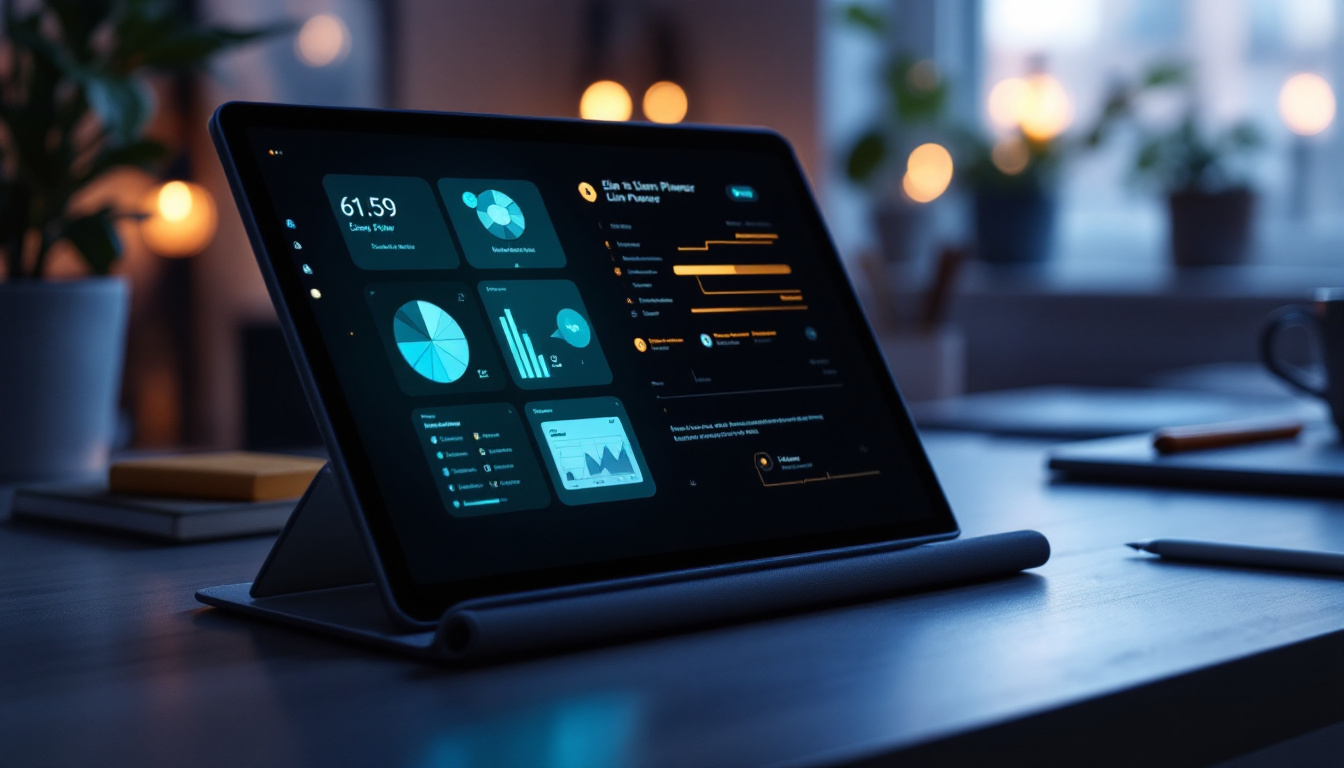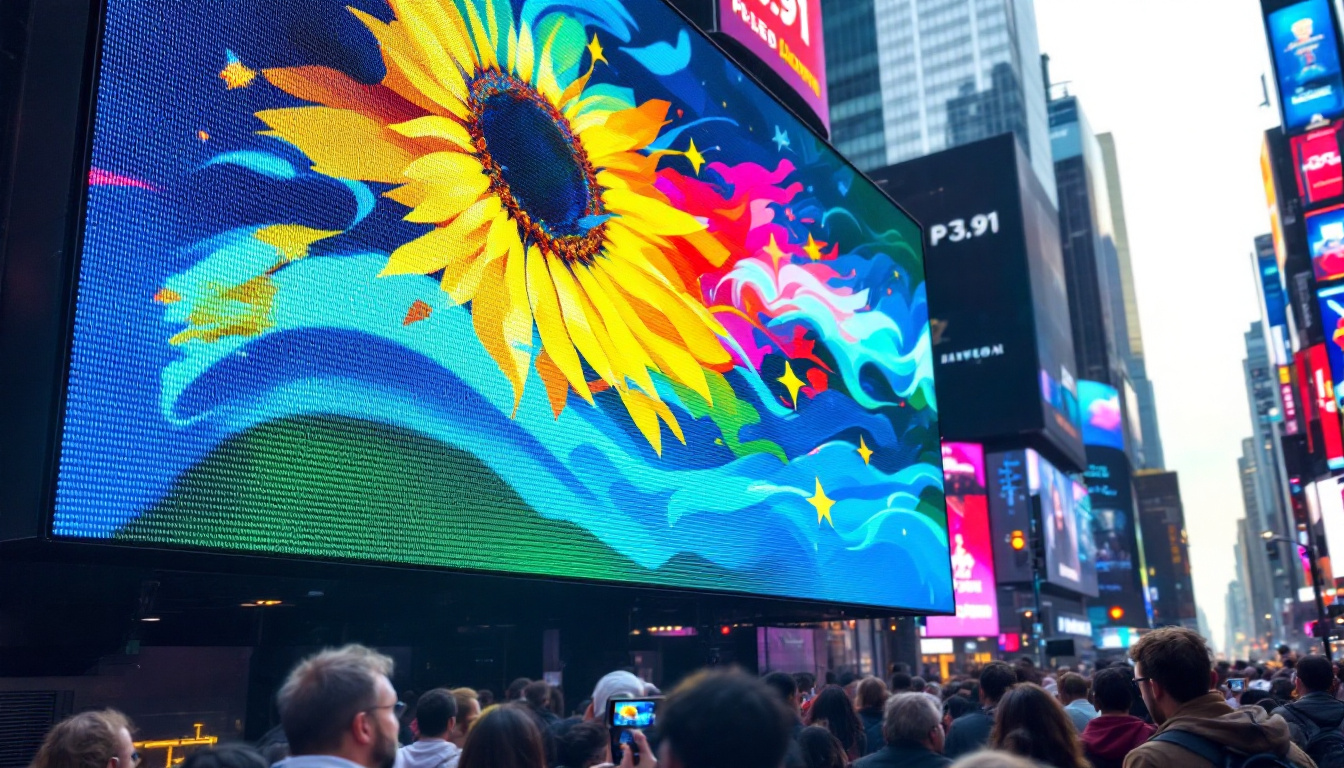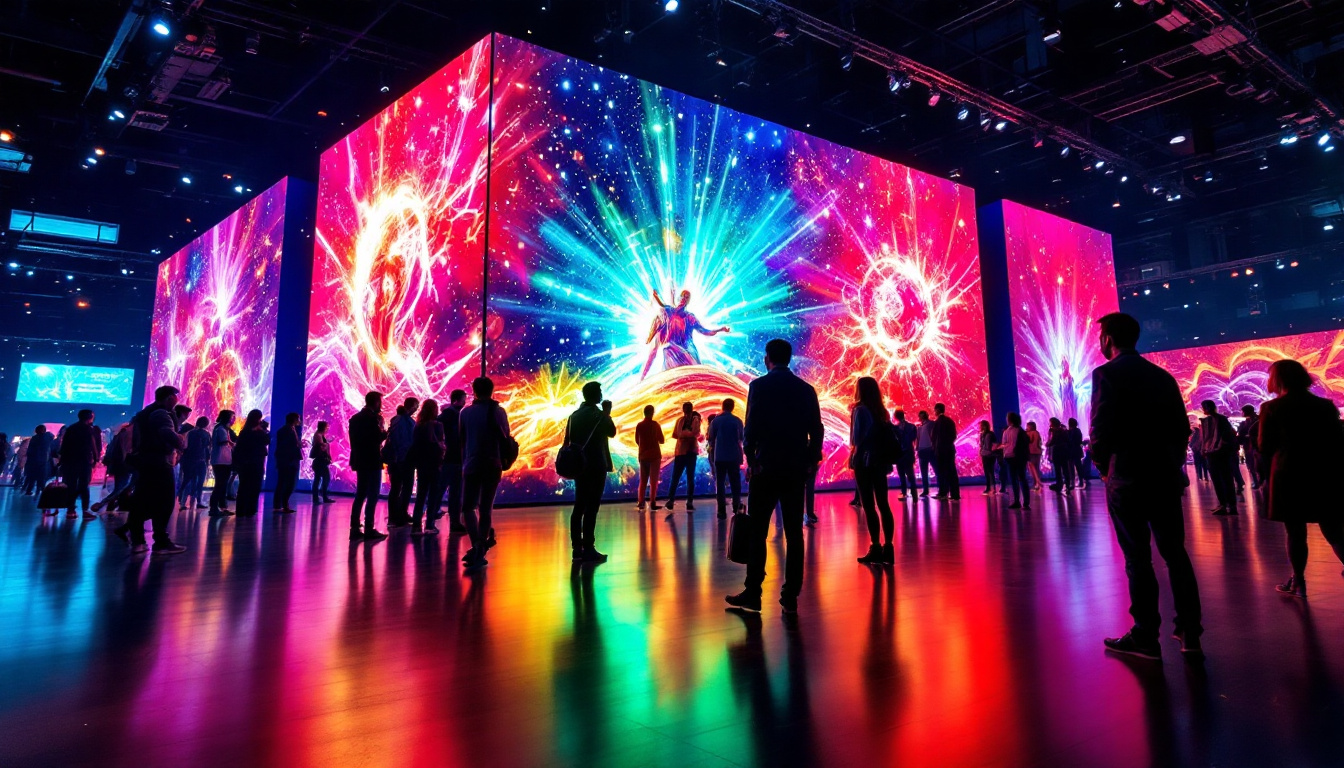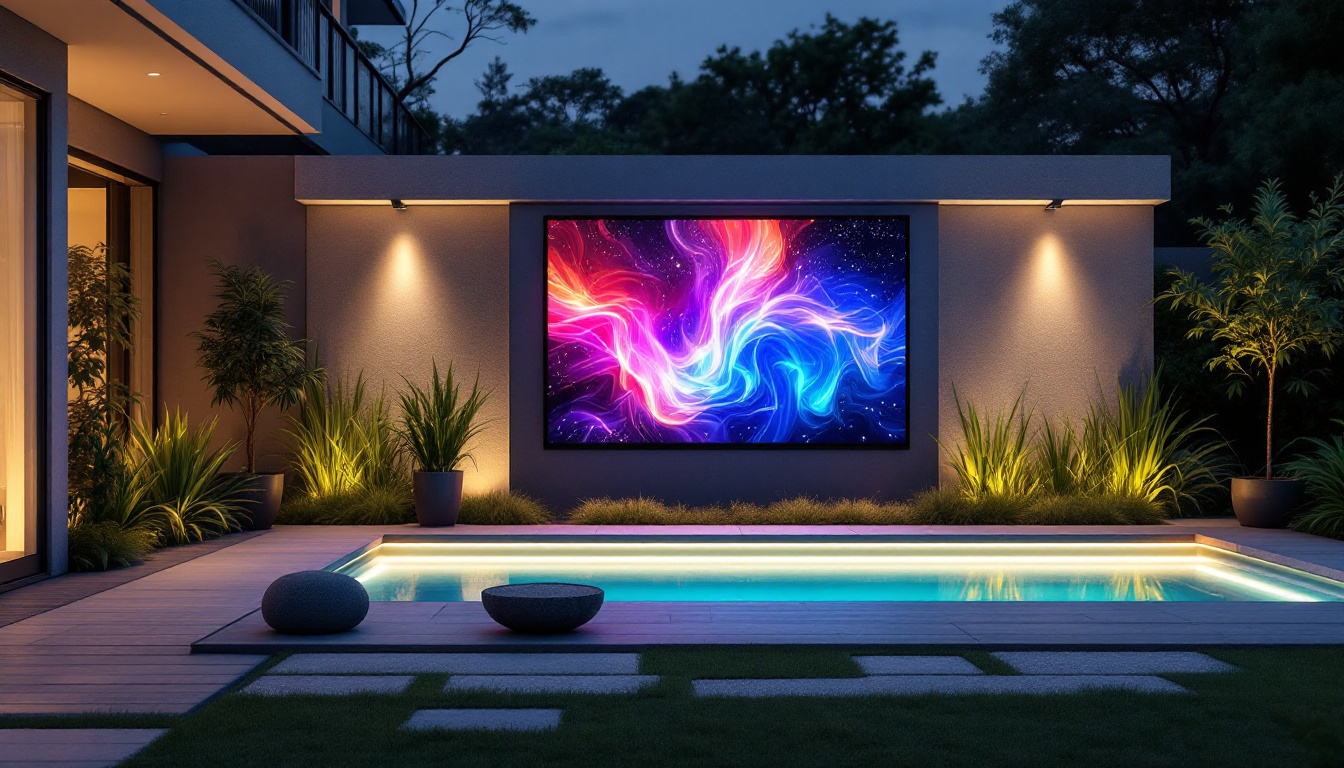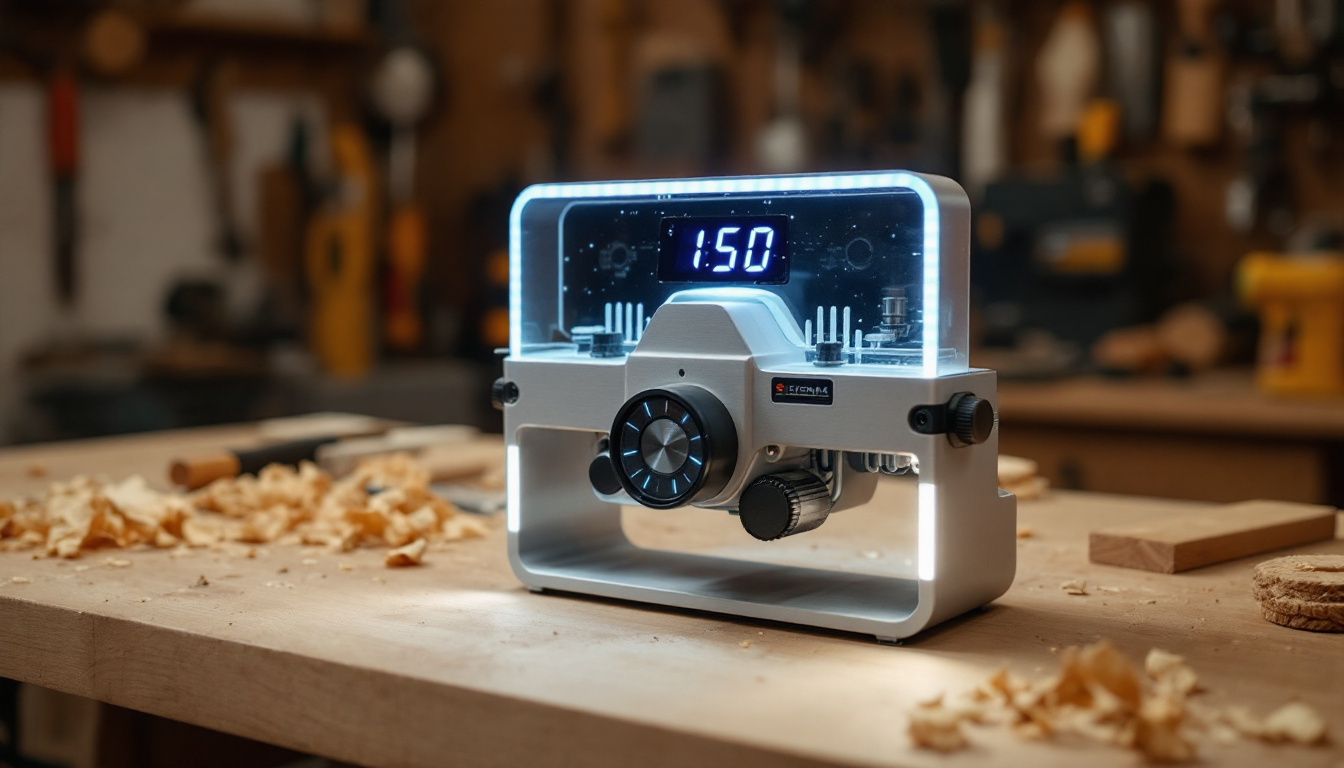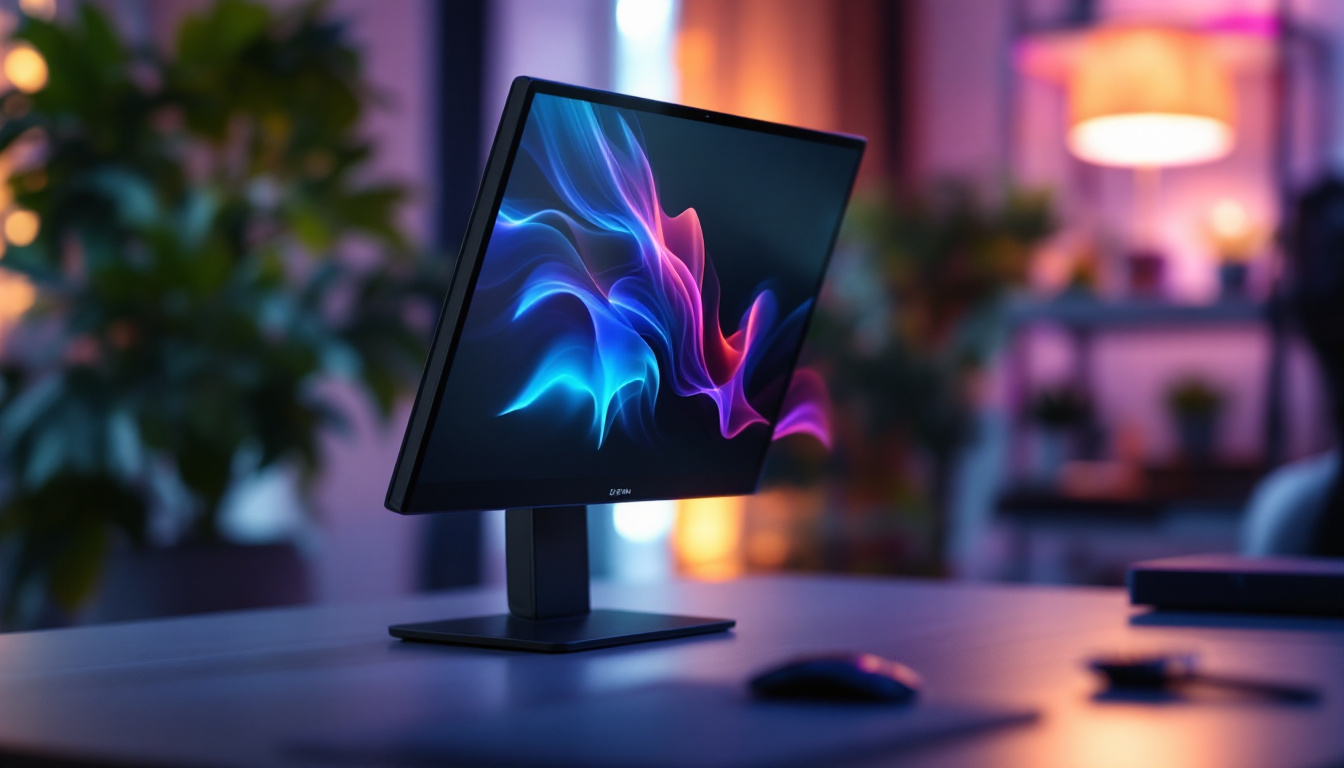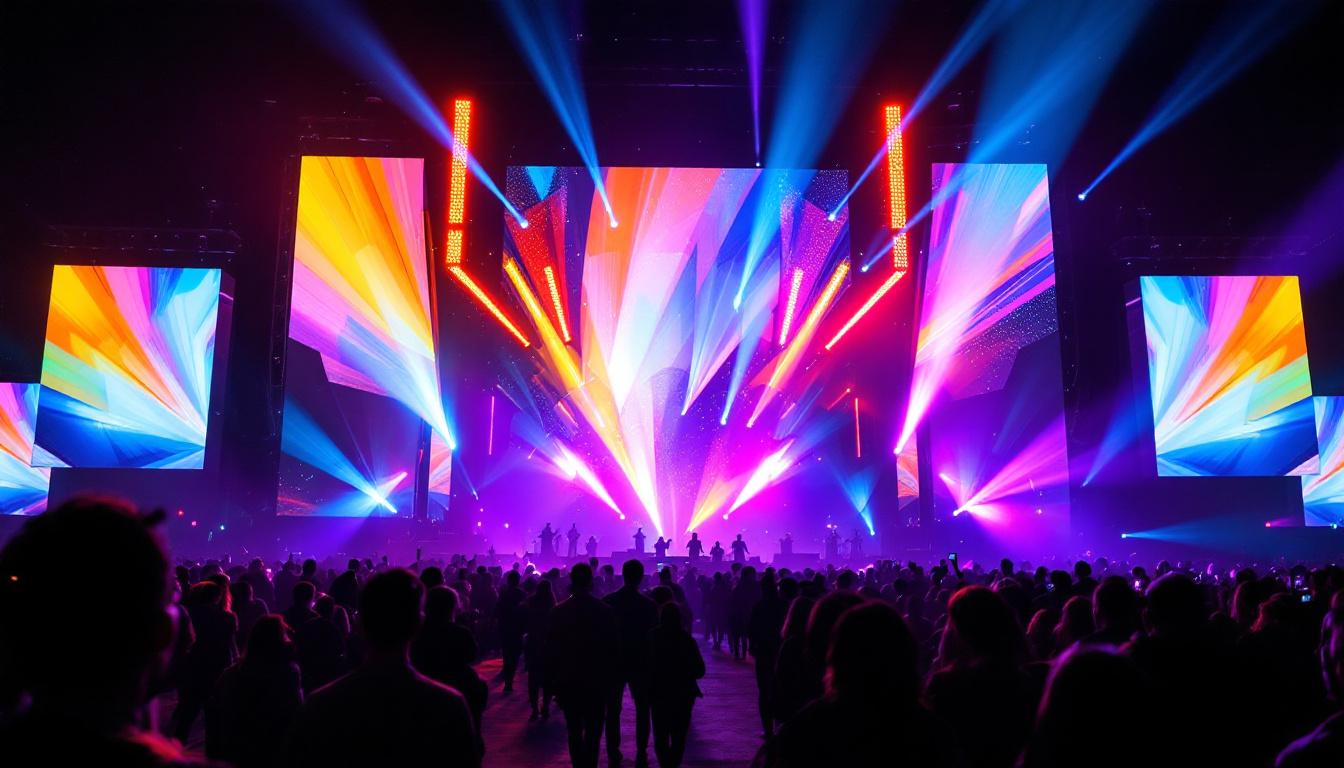In the world of technology, precision is key, especially when it comes to display measurements. Understanding how to convert measurements from millimeters to inches is essential for various applications, particularly in the field of LED displays. This article aims to break down the conversion of 1.8 mm to inches and explore the significance of these measurements in LED technology.
Understanding the Basics of Measurement Conversion
Measurement conversions can often seem daunting, but they are fundamentally straightforward. The metric system, which includes millimeters, is widely used around the world, while the imperial system, which includes inches, is predominantly used in the United States. Knowing how to convert between these two systems is crucial for professionals in fields such as engineering, design, and manufacturing.
Why Convert Millimeters to Inches?
Converting millimeters to inches is particularly important in industries that rely on precise measurements. For example, when designing LED displays, engineers must ensure that components fit together perfectly. If the dimensions are not accurately converted, it can lead to significant issues in the final product.
Moreover, many technical specifications and standards are provided in inches, especially in the U.S. market. Therefore, being able to convert measurements allows for better communication and understanding among international teams. This is especially relevant in collaborative projects where teams from different countries come together, as discrepancies in measurements can lead to costly mistakes and delays. Understanding the nuances of both systems can enhance productivity and foster smoother cooperation across borders.
The Conversion Formula
The conversion from millimeters to inches is relatively simple. The formula to convert millimeters to inches is:
Inches = Millimeters ÷ 25.4
Using this formula, converting 1.8 mm to inches can be calculated as follows:
1.8 mm ÷ 25.4 = 0.070866 inches
This result is crucial for anyone working with LED displays, as it provides a clear understanding of the size in a more familiar unit of measurement. Additionally, many digital tools and calculators are available that can perform these conversions instantly, making the process even more accessible. However, having a solid grasp of the manual conversion method can be beneficial, especially in situations where technology may not be readily available, such as in fieldwork or during hands-on workshops.
Furthermore, understanding the context of these measurements can also enhance design decisions. For instance, knowing the exact dimensions in both millimeters and inches allows designers to visualize how components will interact in physical space. This dual perspective can lead to innovative solutions and improvements in product functionality, as designers can better anticipate how different elements will fit together in the final assembly.
The Importance of LED Display Measurements
LED displays are prevalent in various applications, from televisions and computer monitors to advertising billboards. The size and resolution of these displays are critical factors that determine their performance and usability.
Pixel Pitch and Its Relevance
One of the most important measurements in LED displays is pixel pitch, which refers to the distance between the centers of two adjacent pixels. This measurement is typically expressed in millimeters, and it directly impacts the display’s resolution and clarity. A smaller pixel pitch results in a higher resolution, allowing for sharper images and finer details.
For instance, a pixel pitch of 1.8 mm means that the pixels are relatively close together, which is ideal for applications where viewers are close to the screen, such as in indoor environments. Understanding this measurement is vital for designers and engineers to create displays that meet specific requirements. Moreover, advancements in LED technology have led to the development of ultra-fine pitch displays, with pixel pitches as small as 0.7 mm, which are becoming increasingly popular in high-end applications like control rooms and high-resolution video walls. These displays can render intricate graphics and videos with remarkable precision, making them suitable for professional environments where detail is paramount.
Viewing Distance Considerations
The viewing distance also plays a significant role in determining the appropriate pixel pitch for an LED display. The general rule of thumb is that the viewing distance should be at least 1.5 times the pixel pitch. Therefore, for a display with a 1.8 mm pixel pitch, the optimal viewing distance would be approximately 2.7 meters (or about 8.9 feet).
This consideration ensures that viewers can appreciate the display’s quality without noticing the individual pixels, providing a seamless viewing experience. Properly understanding these measurements allows for better design choices and enhances user satisfaction. Additionally, the viewing angle must be taken into account, as LED displays can exhibit color and brightness shifts at extreme angles. Displays with a wider viewing angle are essential for large venues or public spaces, where audiences may be positioned at various distances and angles. This aspect of design ensures that the visual integrity of the content is maintained, regardless of where the viewer is located, ultimately leading to a more engaging and immersive experience.
Applications of 1.8 mm LED Displays
LED displays with a pixel pitch of 1.8 mm are becoming increasingly popular in various applications due to their high resolution and clarity. These displays are particularly suited for environments where close viewing is common.
Indoor Advertising
One of the most significant applications of 1.8 mm LED displays is in indoor advertising. Retail stores and shopping malls often utilize these displays to showcase promotions and advertisements. The high resolution allows for vibrant colors and sharp images, attracting customers’ attention and enhancing the overall shopping experience.
Furthermore, these displays can be used in digital signage, providing real-time information and updates to customers. The ability to change content quickly and easily makes LED displays a versatile choice for businesses looking to engage their audience effectively.
Control Rooms and Monitoring Stations
Control rooms and monitoring stations also benefit from the use of 1.8 mm LED displays. These environments require precise and clear visuals to monitor critical data and information. The high resolution ensures that operators can view detailed graphs, charts, and other important data without strain.
In such settings, the ability to display multiple data sources simultaneously is crucial. LED displays with a smaller pixel pitch allow for a more compact design, enabling operators to maximize their workspace while maintaining clarity.
Choosing the Right LED Display
When selecting an LED display, several factors must be considered beyond just the pixel pitch. Understanding the specific needs of the application is essential for making an informed decision.
Brightness and Contrast Ratio
Brightness and contrast ratio are critical specifications for LED displays. Brightness is measured in nits, and it indicates how well the display can be viewed in various lighting conditions. A higher brightness level is essential for outdoor displays, while indoor displays may require less brightness.
The contrast ratio, on the other hand, measures the difference between the darkest and lightest parts of the image. A higher contrast ratio results in more vibrant colors and better image quality, making it an important consideration for any LED display.
Refresh Rate and Response Time
The refresh rate and response time are also vital specifications, especially for applications that involve motion graphics or video content. The refresh rate, measured in hertz (Hz), indicates how many times the display updates per second. A higher refresh rate leads to smoother motion and reduces flickering.
Response time measures how quickly a pixel can change from one color to another. A lower response time is essential for fast-moving images, as it prevents blurring and ghosting effects. For applications such as gaming or video playback, these specifications can significantly impact the viewer’s experience.
Future Trends in LED Display Technology
The LED display industry is constantly evolving, with new technologies and innovations emerging regularly. Keeping an eye on these trends can help businesses and consumers make informed decisions about their display needs.
MicroLED Technology
One of the most exciting developments in the LED display sector is the advent of MicroLED technology. MicroLED displays consist of tiny individual LEDs that can create images with incredible brightness and color accuracy. This technology offers several advantages, including improved energy efficiency and a longer lifespan compared to traditional LED displays.
MicroLED displays also have the potential to be made in various shapes and sizes, providing greater flexibility in design. As this technology continues to develop, it is likely to revolutionize the way displays are manufactured and utilized in various applications.
Flexible and Transparent Displays
Another trend gaining traction is the development of flexible and transparent LED displays. These displays can be bent or shaped to fit unique designs, making them ideal for creative applications in architecture and advertising. Transparent displays allow for innovative advertising solutions, as they can be integrated into windows or glass surfaces without obstructing the view.
As these technologies become more mainstream, they will open up new possibilities for designers and engineers, leading to more dynamic and engaging display solutions.
Conclusion
Understanding the conversion of measurements, such as 1.8 mm to inches, is crucial in the world of LED displays. The precision in measurements directly impacts the design, functionality, and overall performance of these displays. With the growing demand for high-resolution screens in various applications, knowledge of pixel pitch, viewing distances, and other specifications becomes increasingly important.
As technology continues to advance, staying informed about trends such as MicroLED and flexible displays will be essential for anyone involved in the industry. By understanding these concepts, businesses can make better decisions, ensuring they invest in the right technology to meet their needs.
In summary, whether for indoor advertising, control rooms, or future innovative applications, the importance of accurate measurements and understanding LED display technology cannot be overstated. Embracing these principles will lead to better design choices and ultimately enhance user experiences across various platforms.
Discover Cutting-Edge LED Display Technology with LumenMatrix
Ready to take your visual communication to the next level? LumenMatrix is at the forefront of LED display innovation, offering a wide range of solutions tailored to your needs. From captivating Indoor LED Wall Displays to dynamic Outdoor LED Wall Displays, and from versatile Vehicle LED Displays to sleek LED Poster Displays, we have the technology to bring your vision to life. Experience the power of LED Sports Displays, interactive Floor LED Displays, and the creativity of Custom LED Displays. Our All-in-One and LED Transparent Displays are designed to revolutionize your space and engage your audience. Don’t miss out on the opportunity to transform your brand’s visibility and create unforgettable visual experiences. Check out LumenMatrix LED Display Solutions today and see the difference for yourself.

